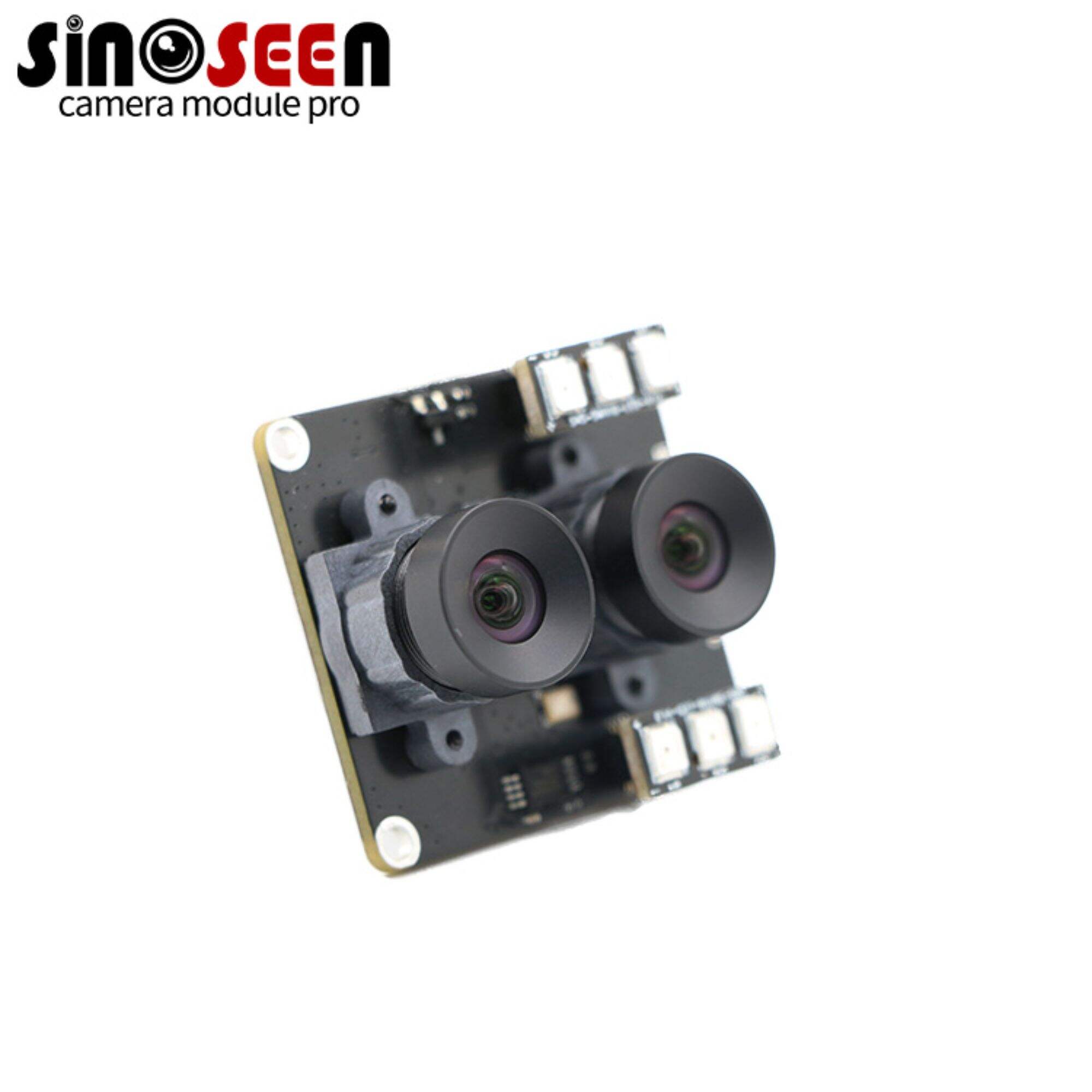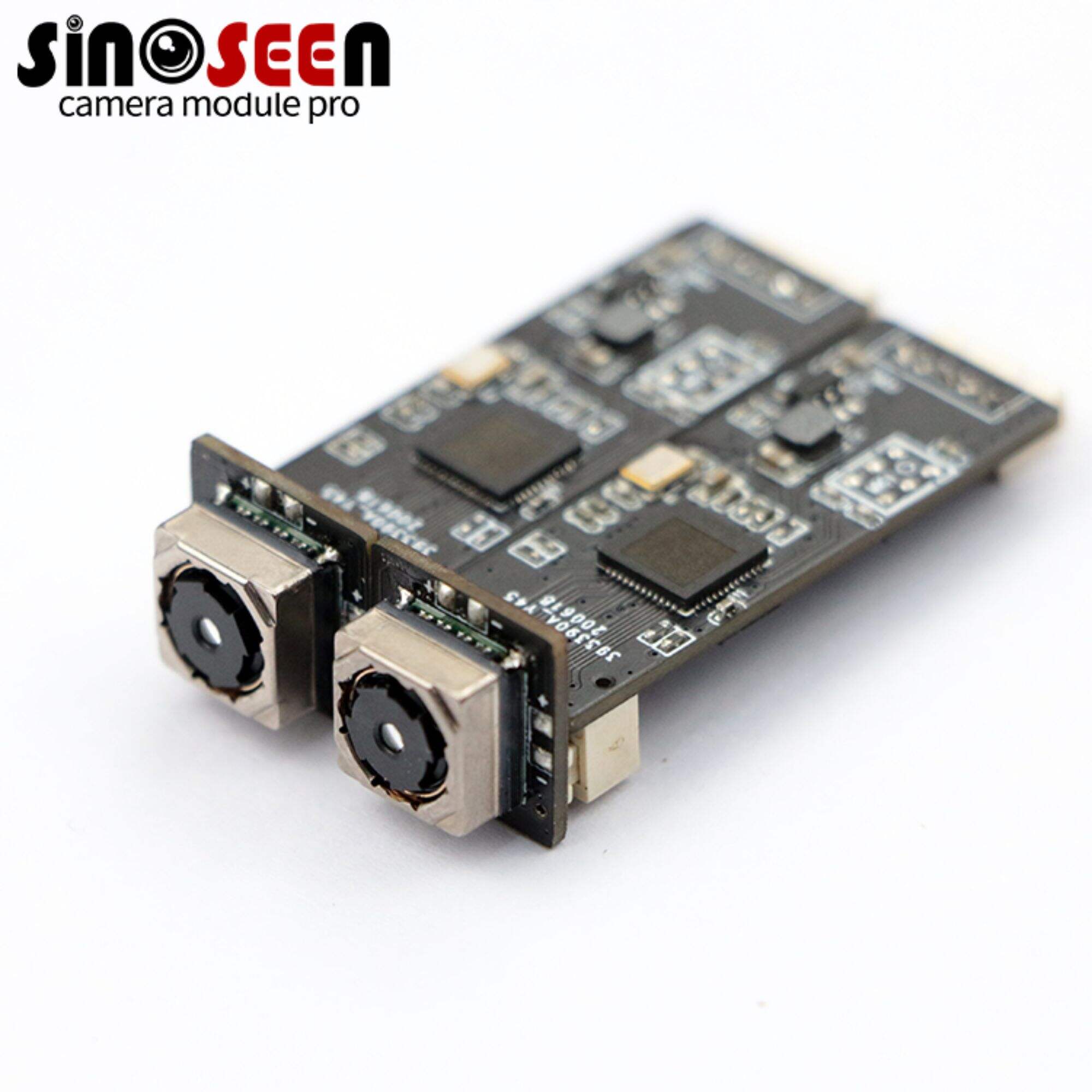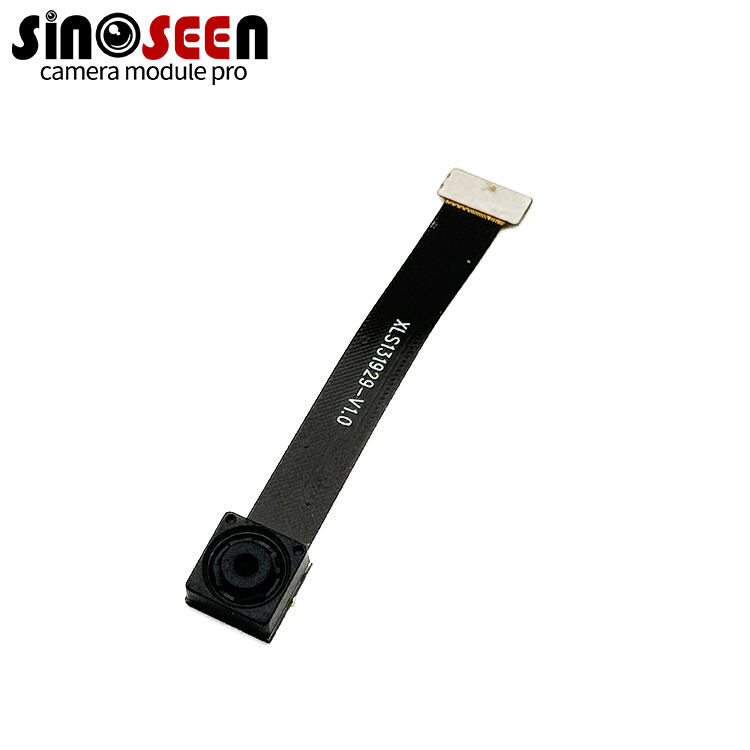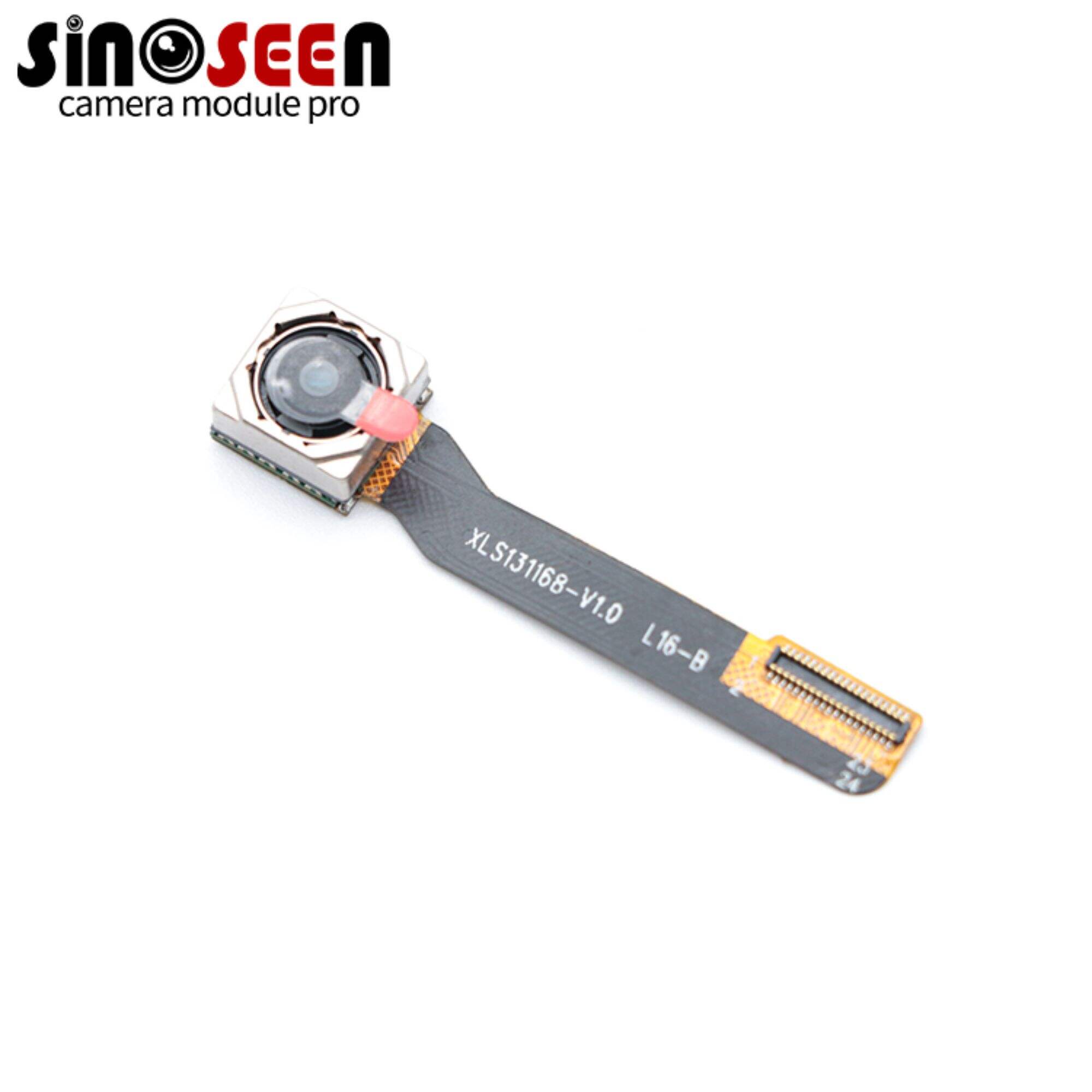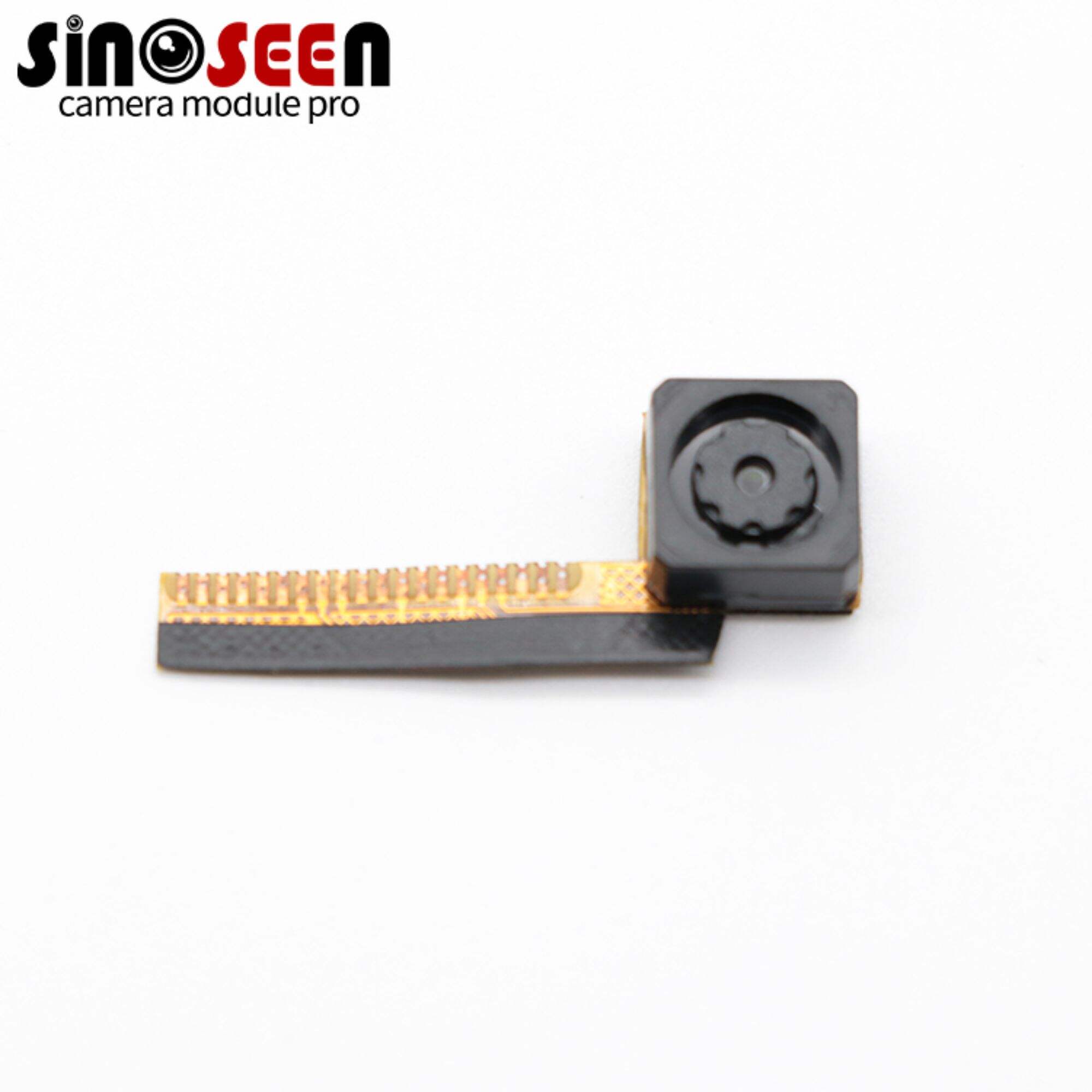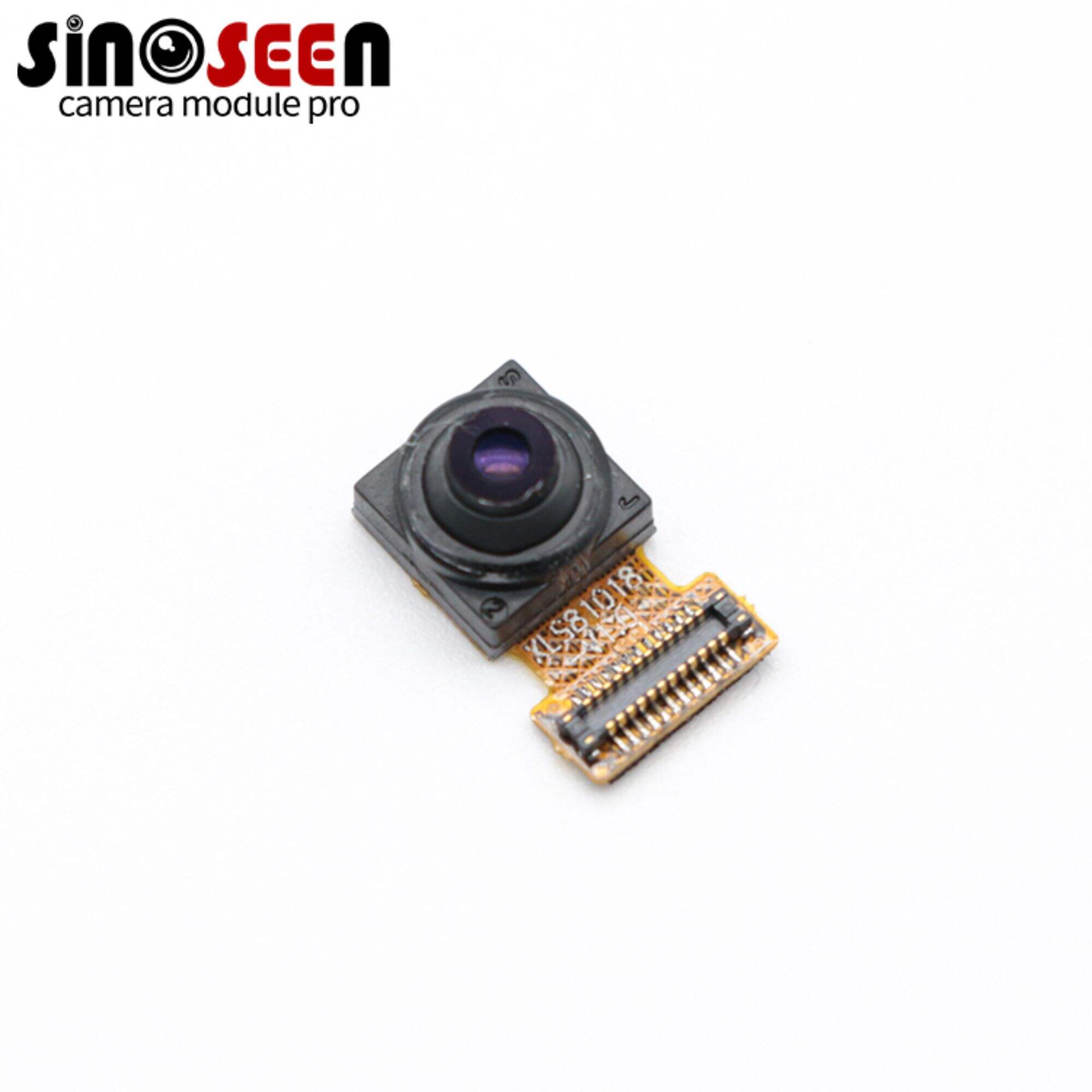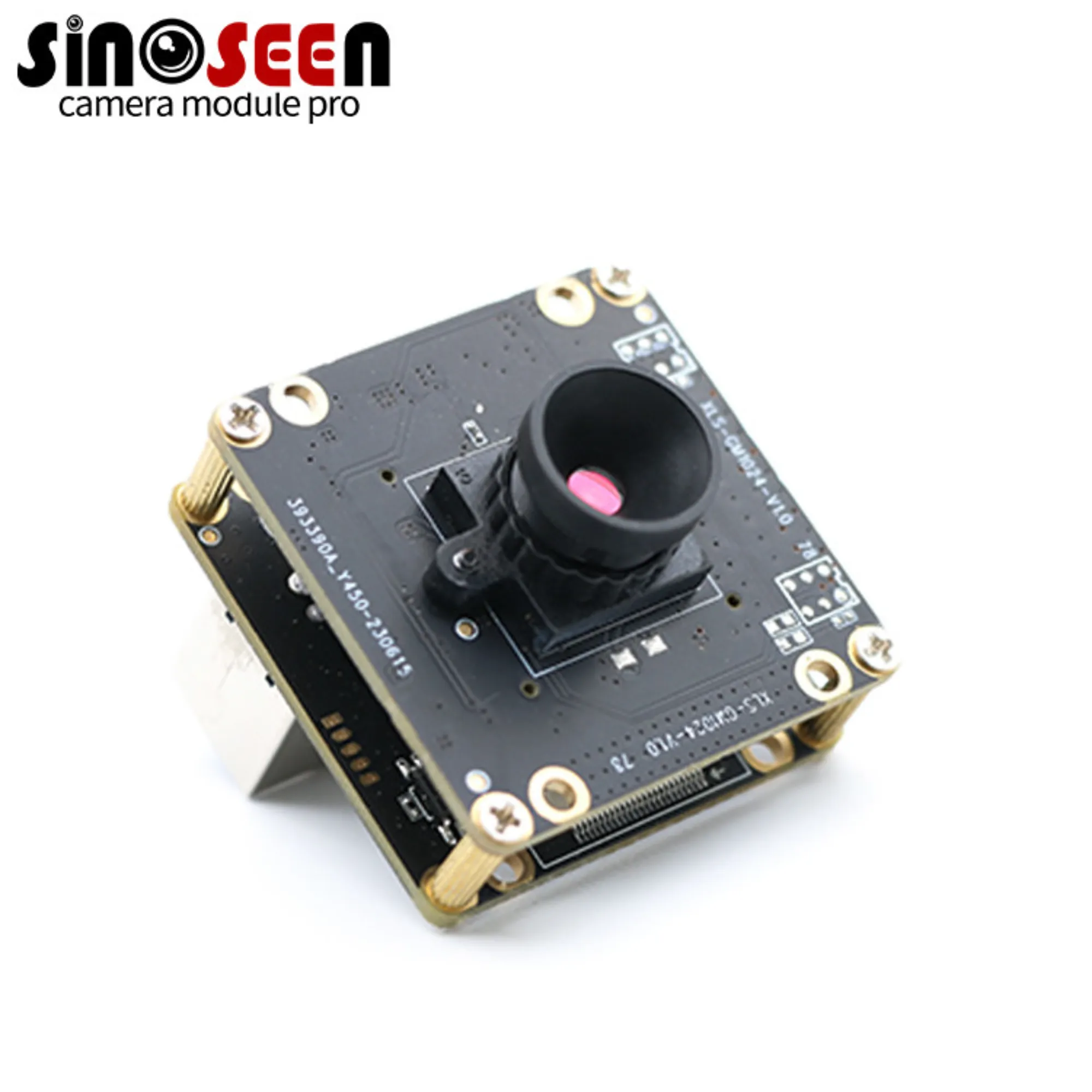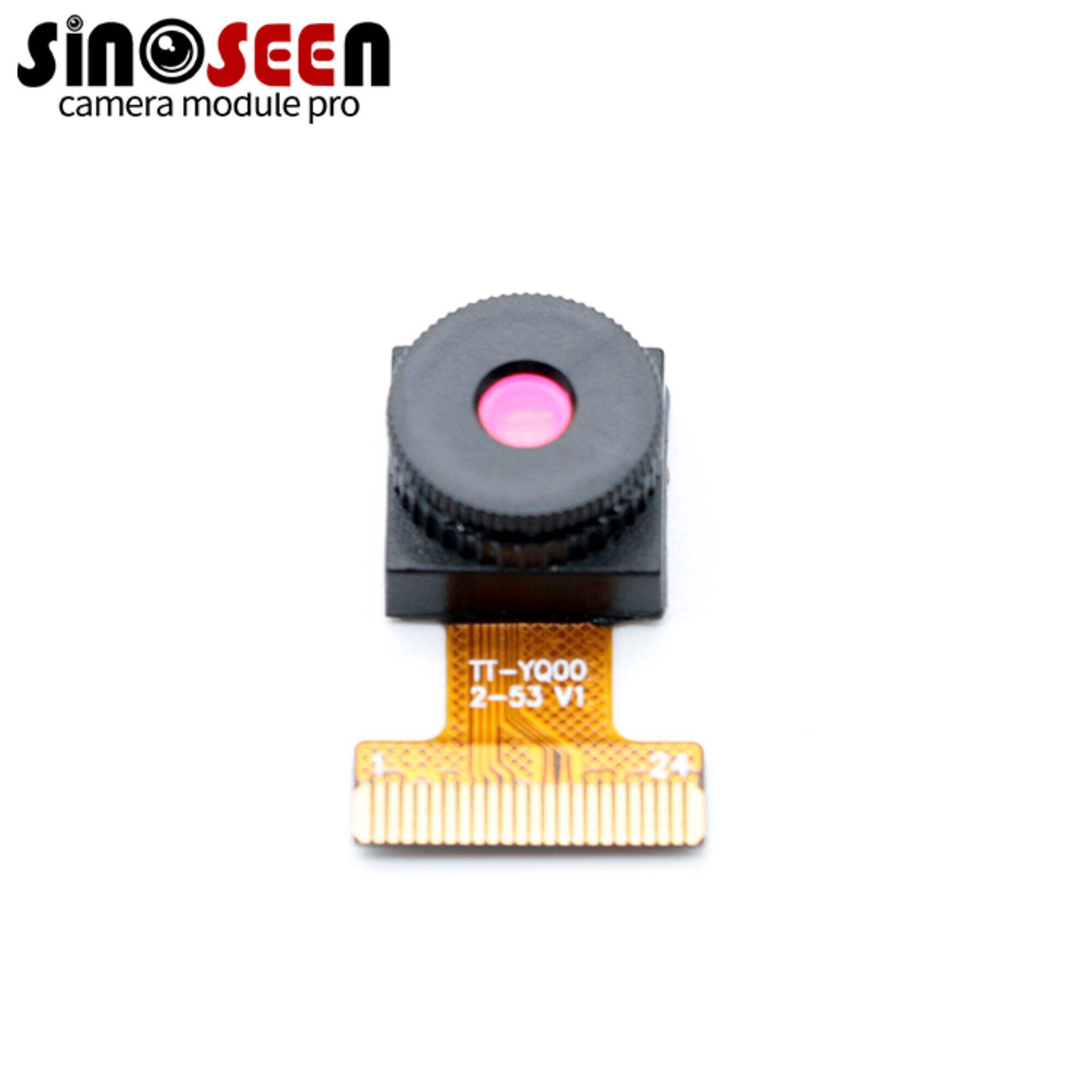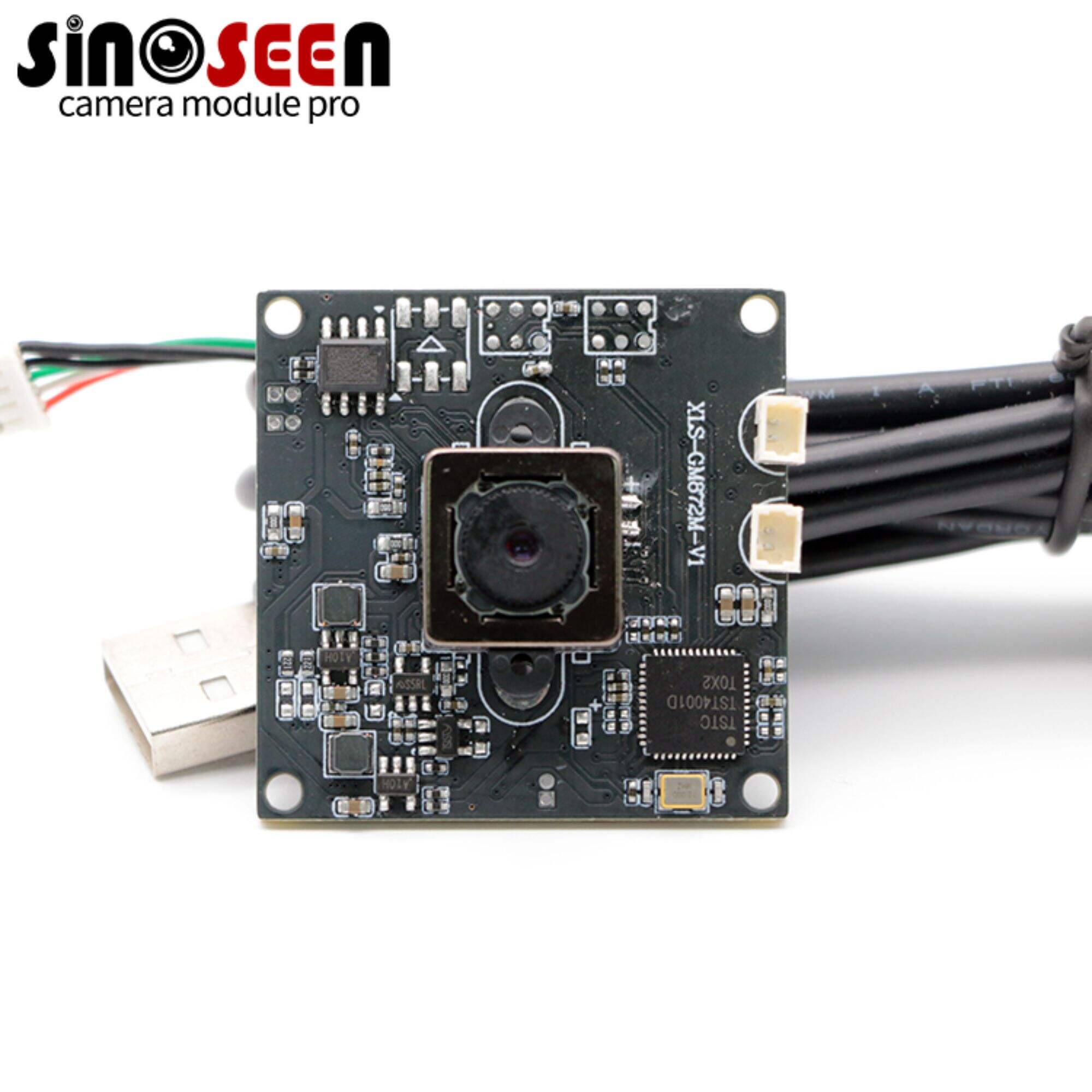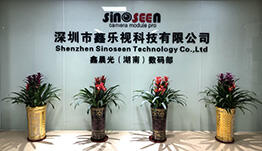6 Factors That Determine a Camera's Low-Light Performance | How to Optimize?
How to perform low-light imaging in areas with poor lighting conditions? This is a major challenge that has been plaguing embedded vision applications. Achieving good low-light performance is not easy because it is affected by the interaction of various factors. In the past, due to limited technology, images captured in low-light environments were not clear and even had a lot of noise and detail loss. With the development of sensors and embedded vision technologies, low-light imaging now has good solutions and can even be captured at night.
In this article we will take a look at the factors affecting low-light performance and the individual application areas where low-light imaging is involved.
What is low light performance?
Before we look at the factors that affect low light performance, we need to understand what low light performance is.
Low-light performance is the ability of a camera to provide clear images in low-light environments by preserving image detail while minimizing image noise. This performance is important for vision applications that require imaging at night or in low light environments. Below is a comparison of imaging with and without low-light capable devices.
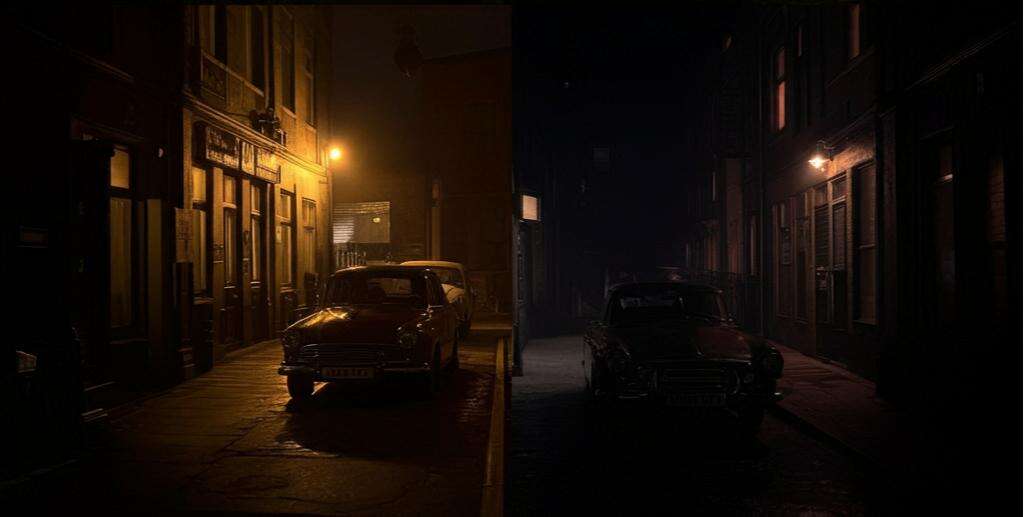
What factors affect a camera's low-light performance?
There are six main factors that affect a camera's low-light performance:
- Signal-to-noise ratio (SNR)
- Lens aperture
- Pixel size
- Sensitivity
- Environmental factors
- Image processing algorithms
Let's take a closer look at the specifics of each factor below.
Signal-to-Noise Ratio (SNR)
Signal-to-noise ratio (SNR) is an important measure of camera performance, reflecting the ratio of signal to noise in an image. A high SNR usually means that in low-light conditions, there is less noise and the camera module is able to deliver sharper images. A low-light camera is designed to achieve a higher SNR by minimizing noise, thus improving image quality.
Lens Aperture
The size of the lens aperture determines the amount of light that hits the sensor. The larger the aperture, the more light that runs into it, and the better it is for shooting in low-light conditions. That is why a larger aperture is recommended in low-light conditions. However, an increased aperture may be accompanied by a reduced depth of field, so for applications with distance variations, careful design consideration is required.
Pixel Size
Pixels are the basic units that make up an image, and pixel size is the physical dimensions of these pixel units. The larger the pixel size, the greater its ability to receive light. It is able to capture more detail and reduce noise in low light conditions. It is important to note that an increase in pixel size will result in fewer pixels being able to be accommodated by the miniature camera module, leading to a decrease in resolution or an increase in sensor size.
Sensitivity
Sensitivity is an indicator of an image sensor's ability to convert incident light into an electrical signal, in other words, how well the camera responds to light. A camera with high sensitivity is able to capture more image detail in low light conditions. This is one of the essential features of a low-light camera.
Environmental Factors
The overall brightness of the environment affects the camera's ability to capture usable images. The color temperature of the available light affects the camera's white balance and color reproduction capabilities. At the same time, higher temperatures increase noise and reduce low-light performance, so low-light cameras require a suitable thermal management solution.
Image Processing Algorithms
The camera module's noise reduction algorithms are effective in removing unwanted grain from images and preserving image detail in low light.HDR captures a wider range of tones and prevents highlight clipping and shadow compression.
These factors are interrelated and work together to influence the camera's effectiveness in low-light conditions. For example, cameras with large pixel sizes and high signal-to-noise ratios provide high-quality image output in low-light conditions. Meanwhile, optimization of lens aperture, sensitivity and image processing algorithms can further enhance camera performance in low-light conditions.
How to Optimize Low-Light Camera Performance?
Now that we have understood the relevant factors affecting the low-light performance of the camera above, we can carry out targeted optimization to ensure that the low-light camera to play the maximum performance. The following is a brief introduction to a few optimization options:
Lens optimization: choose a lens with a larger maximum aperture and add optical stabilization to maximize the ability to focus light.
Optimized image processing algorithms: Enhance image quality in low-light environments using advanced noise reduction, dynamic range optimization, and other image optimization techniques.
Environmental considerations: Carefully evaluate the conditions, color temperature and temperature of ambient lighting to ensure optimal camera performance.
Application of Low-Light Camera Modules in Modern Embedded Vision
Low-light cameras are now widely used in a variety of embedded vision applications. Here we take a brief look at some of the more common and popular applications based on the low-light performance of cameras.
Intelligent transportation monitoring: Intelligent transportation systems need to use low-light camera modules to identify license plates and monitor traffic at night or in low-light areas such as tunnels with insufficient light. Although not all intelligent transportation systems require low-light cameras, it is still recommended.
Industrial Inspection: In the manufacturing industry, low light cameras can be used for automated quality inspection to ensure high product standards even in poorly lit work environments. sinoseen's night vision camera module products are able to provide high quality imaging while maintaining the ultimate in low light performance.
Drones: Drones are a popular application today, and by mounting a high-performance low-light camera module on a drone, it is possible to perform nighttime aerial photography or other surveillance tasks.
Low light solutions from SInoseen
At SInoseen, we offer a wide range of low light camera modules. With fifteen years of embedded vision experience and a team of specialized engineers, we can deliver the most appropriate low-light camera module solution for your needs. Of course, we also have some reference cases, if you are interested, you can go to view. At the same time, we can also customize the solution according to your needs to ensure that it meets your expectations to the fullest extent.

 EN
EN
 AR
AR
 DA
DA
 NL
NL
 FI
FI
 FR
FR
 DE
DE
 EL
EL
 HI
HI
 IT
IT
 JA
JA
 KO
KO
 NO
NO
 PL
PL
 PT
PT
 RO
RO
 RU
RU
 ES
ES
 SV
SV
 TL
TL
 IW
IW
 ID
ID
 SR
SR
 VI
VI
 HU
HU
 TH
TH
 TR
TR
 FA
FA
 MS
MS
 IS
IS
 AZ
AZ
 UR
UR
 BN
BN
 HA
HA
 LO
LO
 MR
MR
 MN
MN
 PA
PA
 MY
MY
 SD
SD

